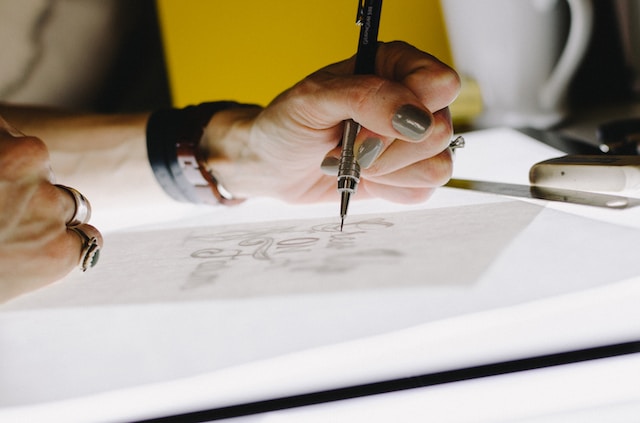Digital technology has sparked a fascinating transformation, revolutionizing how artists create, share, and interact with their work while fundamentally altering the art landscape.
Traditional art forms like painting, sculpture, and printmaking have held a significant place in human expression for centuries, embodying mastery of technique, tangible connection to materials, and rich cultural heritage. These time-honored crafts, cultivated over the years, produce enduring works that evoke emotions. However, the canvas has expanded into the digital world in our modern digital era. Empowered by technology, digital art offers unprecedented creative opportunities characterized by versatility, accessibility, and limitless potential, attracting countless artists seeking new horizons.
Advantages of Digital Art

It has ignited a revolution in the art world, breaking down barriers to entry with its accessibility and offering artists an expansive canvas for boundless creativity.
- Accessibility: Digital tools have democratized the art world. They offer a cost-effective entry point for budding artists, reducing the need for expensive materials. Creativity knows no financial boundaries.
- Versatility: Now artists can explore diverse styles, techniques, and mediums within a single platform. From hyper-realistic digital paintings to abstract digital sculptures, the possibilities are limitless.
- Global Reach: The internet acts as a vast gallery for digitalized artwork. Artists can share their creations globally, sidestepping the limitations of physical galleries. Online platforms have become a thriving marketplace for art enthusiasts and collectors.
Challenges Faced by Traditional Artists
The rise of digital art has brought both competition and accessibility, potentially affecting traditional artists’ visibility and marketability while offering an affordable alternative. Additionally, it has altered the conservation and reproduction dynamics, although some traditional artists face a learning curve in embracing these digital tools.
The ascent of digital art presents a double-edged sword for traditional artists.
On one hand, it ushers in increased competition, potentially impacting the visibility and marketability of their work. On the other, digital art offers an advantage in terms of affordability, making it more accessible to aspiring artists who might otherwise be deterred by the high costs associated with traditional materials and studio space. Additionally, while traditional artworks demand meticulous preservation efforts to prevent deterioration, digital art generally requires fewer resources and less time-consuming conservation, altering the landscape of artistic heritage preservation.
